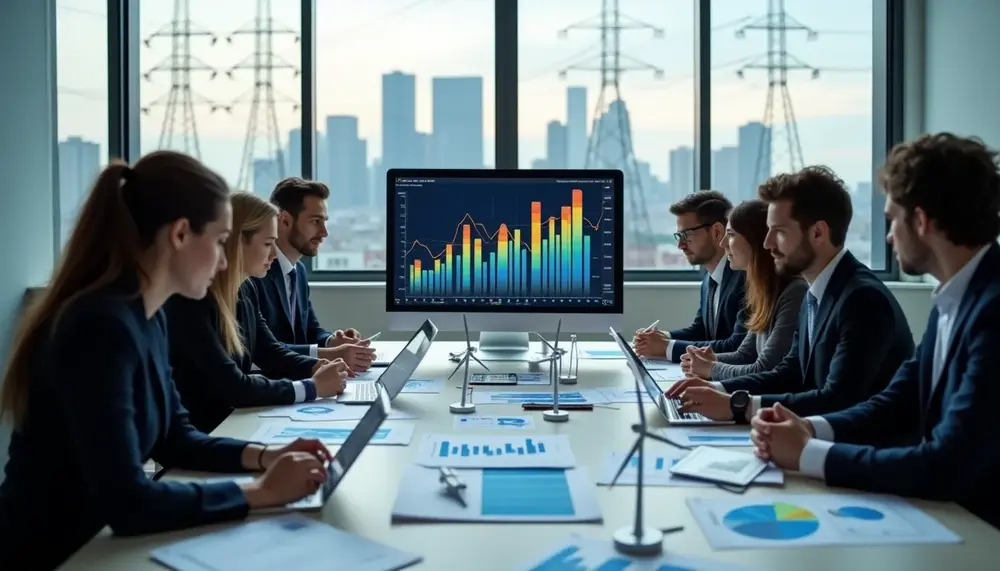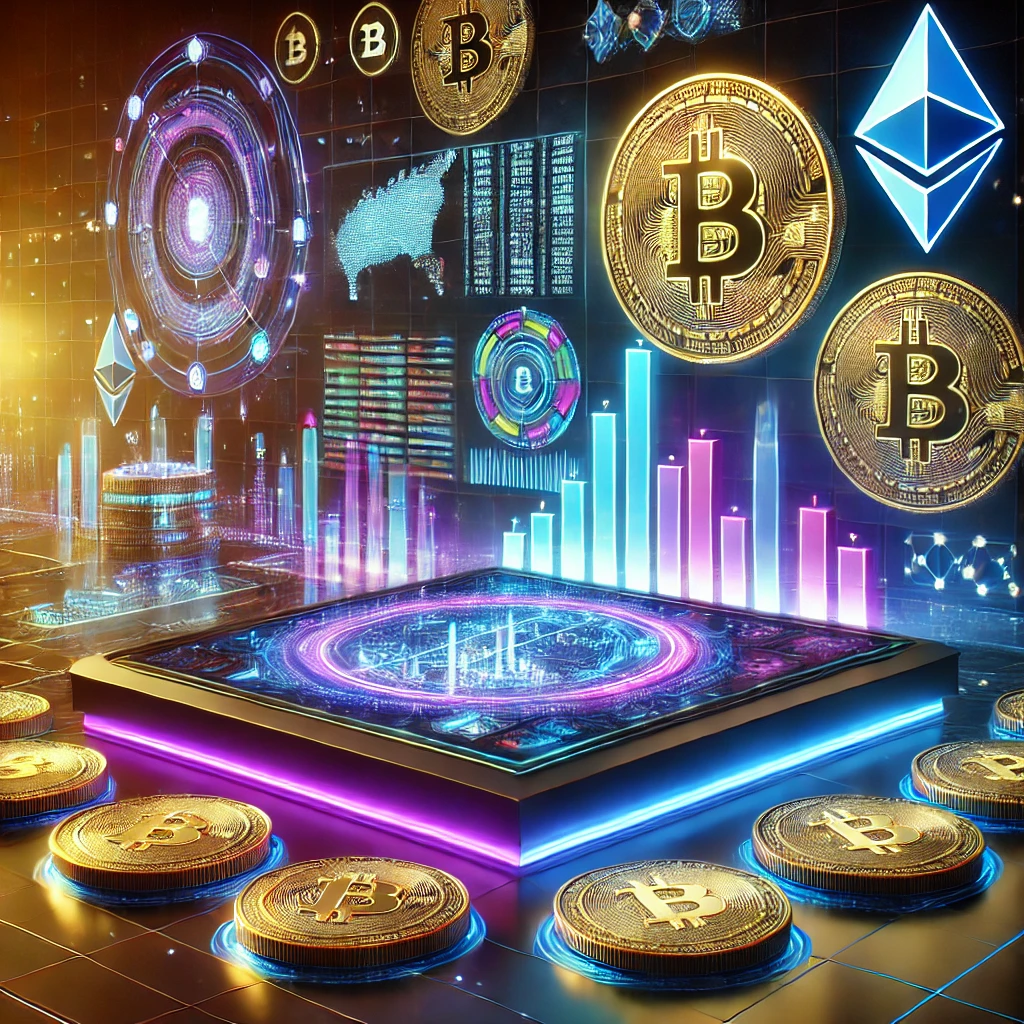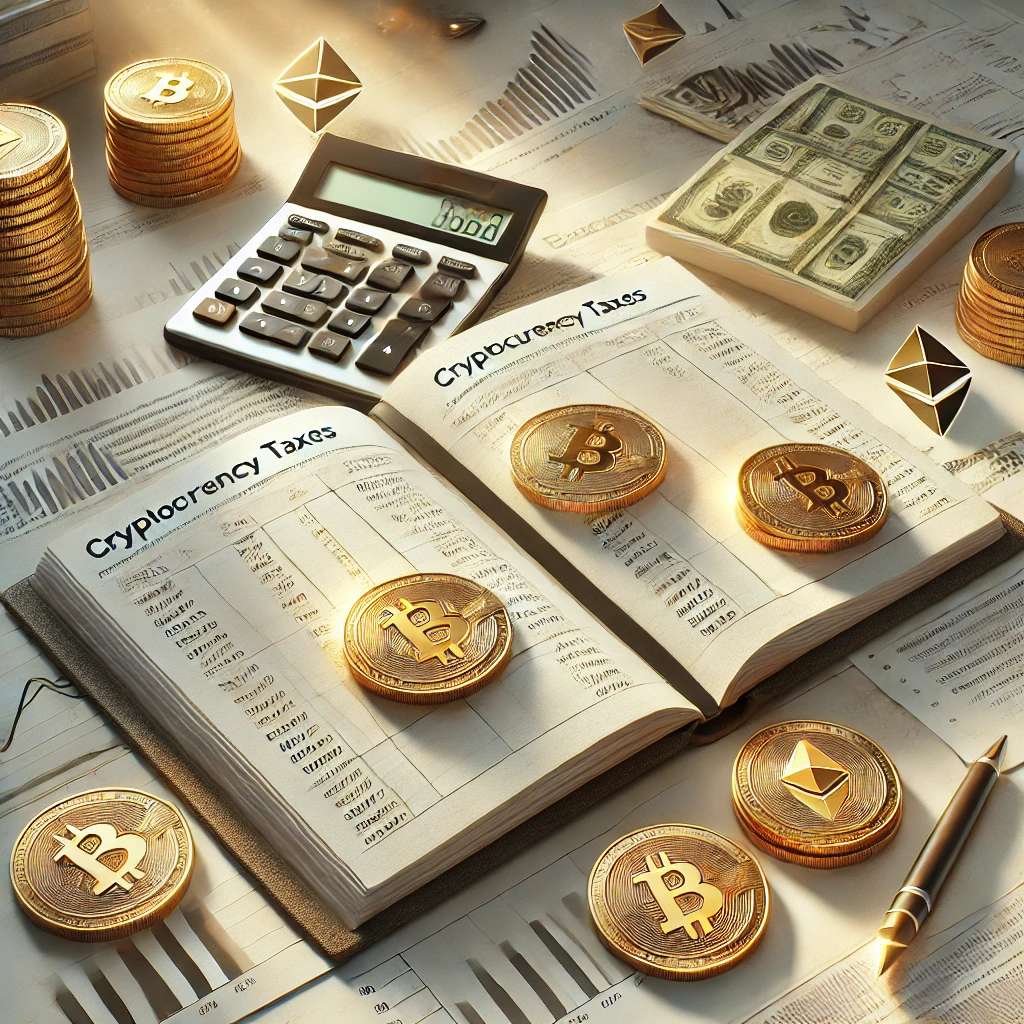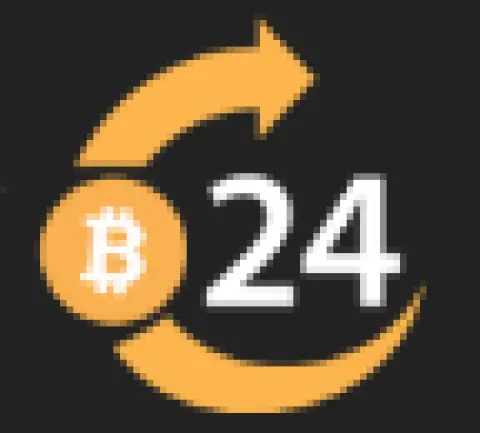Table of Contents:
Understanding the Core Mechanisms of Energy Trading
Understanding the Core Mechanisms of Energy Trading
Energy trading is not just about buying and selling; it’s a dynamic system built on intricate mechanisms that keep the global economy humming. At its heart, energy trading is all about matching supply and demand in real time, but—here’s the twist—market participants rarely trade physical energy directly. Instead, they rely on a complex web of contracts, digital platforms, and pricing models to transfer rights, manage risks, and optimize value.
One of the key mechanisms is the use of standardized contracts—think futures, forwards, and options—that allow traders to lock in prices or hedge against wild price swings. These contracts, traded on exchanges or over-the-counter (OTC), make it possible to separate the financial risk from the physical delivery, which is pretty clever if you ask me. This means a utility in Germany can hedge its future electricity costs without ever taking physical delivery of a single kilowatt-hour.
Another crucial element is market coupling. This mechanism connects different regional markets, enabling electricity or gas to flow to where it’s needed most, often across borders. The result? Increased efficiency, price convergence, and—sometimes—unexpected bottlenecks that traders must anticipate and navigate.
Price formation in energy trading is a living, breathing thing. Prices are set by continuous auctions, algorithmic trading, and sometimes, by bilateral negotiation. The spot market, for example, uses real-time supply and demand data to set prices for immediate delivery, while the forward market looks months or even years ahead, baking in expectations about everything from weather to regulatory changes.
Don’t overlook the role of balancing mechanisms. Because energy can’t be stored easily (at least not yet, at scale), grid operators constantly adjust supply and demand in real time. Traders who can predict imbalances and act quickly can capture significant value—though, let’s be honest, it’s not for the faint of heart.
Finally, digitalization and automation are rewriting the rulebook. Platforms powered by artificial intelligence and blockchain are enabling peer-to-peer trading, near-instant settlement, and even the tokenization of energy assets. These innovations are opening the door for smaller players and new business models, shaking up what was once a club for only the big fish.
Key Participants and Their Roles in Energy Markets
Key Participants and Their Roles in Energy Markets
Energy markets are like a bustling city—each participant has a distinct job, and the whole system only works when everyone plays their part. Here’s a look at the main actors and the unique roles they perform, often hidden behind the scenes but absolutely vital for the market’s pulse.
- Producers: These are the powerhouses—literally. From massive oil fields to wind farms, producers generate the raw energy that feeds the market. Their output decisions can sway prices and influence long-term trends.
- Utilities and Suppliers: Acting as the bridge between producers and end-users, utilities manage procurement, distribution, and often customer billing. They balance contracts, forecast demand, and ensure the lights stay on—no small feat.
- Traders and Market Makers: These folks thrive on volatility. They buy and sell contracts, arbitrage price differences, and inject liquidity into the system. Some operate on exchanges, others prefer the OTC market’s flexibility.
- Large Industrial Consumers: Think steel mills or chemical plants. Their energy needs are huge, so they often negotiate directly with producers or hedge future costs to avoid nasty surprises.
- Financial Institutions: Banks, hedge funds, and investment firms bring deep pockets and advanced analytics. They’re not in it for the energy—they’re after returns, using derivatives and structured products to speculate or hedge.
- Aggregators and New Entrants: With digitalization, aggregators bundle the output of small producers or the demand of many consumers, giving them collective bargaining power. Peer-to-peer platforms and tech startups are also shaking up the old order, offering new ways to trade and interact.
- Regulators and System Operators: Not exactly the life of the party, but essential. They set the rules, monitor compliance, and ensure the market runs smoothly. System operators, in particular, keep the grid balanced and intervene if things get wobbly.
Each participant brings a different perspective, set of incentives, and toolkit. The interplay between them is what makes energy markets so dynamic—and, honestly, a bit unpredictable at times.
Essential Energy Trading Products and Marketplaces
Essential Energy Trading Products and Marketplaces
When you peel back the layers of energy trading, you’ll find a diverse toolkit of products and a landscape of specialized marketplaces. Each product serves a distinct purpose, tailored to the needs of different market participants and strategies. Let’s break down what really matters.
- Spot Contracts: These are all about immediacy—energy is bought and sold for near-instant delivery. Spot contracts respond to real-time supply and demand, making them crucial for short-term balancing and price discovery.
- Futures and Forwards: These contracts lock in prices for future delivery, providing certainty in a world where prices can swing wildly. Futures are standardized and traded on exchanges, while forwards are customized and typically arranged bilaterally.
- Options: With options, traders gain the right—but not the obligation—to buy or sell energy at a set price. This flexibility is especially valuable for managing risk when the market outlook is fuzzy.
- Power Purchase Agreements (PPAs): Long-term contracts between producers and buyers, PPAs guarantee both price and offtake. They’re vital for financing new renewable projects and stabilizing revenue streams.
- Certificates and Guarantees of Origin: These products certify the source of energy—think “green” electricity. They’re traded separately from the physical commodity, enabling companies to meet sustainability targets.
Now, where does all this trading happen? The answer: a mix of highly regulated exchanges and more flexible over-the-counter (OTC) venues.
- Energy Exchanges: Platforms like EPEX Spot, Nord Pool, and ICE offer transparent, standardized trading environments. Here, prices are visible to all, and counterparty risk is minimized by central clearing.
- OTC Markets: For those who need tailored solutions, OTC trading allows for bespoke contracts, direct negotiation, and greater privacy. It’s the go-to for complex deals or when market liquidity is thin.
In short, the combination of specialized products and diverse marketplaces gives energy traders the flexibility to manage risk, optimize costs, and support innovation—no matter how turbulent the market gets.
Evolution of Energy Trading: From Liberalization to Today
Evolution of Energy Trading: From Liberalization to Today
The journey of energy trading is, frankly, a tale of transformation. Before liberalization, most energy markets were rigid monopolies—state-owned or tightly regulated utilities controlled generation, transmission, and pricing. Trading, as we know it today, simply didn’t exist. The real shake-up began in the 1980s and 1990s, when countries like Chile and later the UK and much of Europe opened their energy sectors to competition. This move was more than just a policy tweak; it set off a chain reaction that changed everything.
With liberalization, the market fragmented. Generation, transmission, and retail were unbundled, and new players—private companies, independent producers, and financial institutions—flooded in. Suddenly, price signals mattered. Market participants could buy and sell electricity and gas on open platforms, and cross-border trading became possible. This shift demanded robust infrastructure: exchanges, clearinghouses, and regulatory frameworks sprang up almost overnight.
Fast forward to the 21st century, and digitalization has taken the reins. Automated trading systems, algorithmic strategies, and real-time data analytics have become standard. The integration of renewable energy sources—variable, decentralized, and often unpredictable—has pushed markets to innovate even further. Regional market coupling in Europe, for example, now enables seamless cross-border flows, smoothing out price differences and boosting overall efficiency.
Today, energy trading is a global, highly interconnected ecosystem. The focus has shifted from simply buying and selling to managing volatility, integrating renewables, and responding to policy shifts. The rise of peer-to-peer trading and blockchain-based platforms hints at a future where even small-scale producers and consumers can participate directly. In short, what started as a slow-moving, centralized system has morphed into a fast-paced, tech-driven marketplace—one that never really stands still.
Major Influencing Factors in Energy Trading
Major Influencing Factors in Energy Trading
Energy trading doesn’t happen in a vacuum; it’s a field where a web of factors can tip the scales in unexpected ways. Some influences are obvious, but others—well, they’re the wild cards that keep even seasoned traders on their toes.
- Geopolitical Events: Political instability, sanctions, or sudden diplomatic shifts can jolt supply chains overnight. For example, a pipeline disruption or embargo can send prices soaring or tumbling, depending on which side of the trade you’re on.
- Weather Extremes and Natural Disasters: Unpredictable weather—think hurricanes, droughts, or cold snaps—can upend both production and consumption patterns. Energy markets react swiftly to forecasts and real-time data, sometimes in ways that seem, frankly, a bit irrational.
- Technological Breakthroughs: Innovations like advanced battery storage, hydrogen production, or demand-side management tools can reshape market dynamics almost overnight. Suddenly, what was once a constraint becomes an opportunity.
- Currency Fluctuations: Since energy commodities are often priced in US dollars, shifts in exchange rates can impact profitability for traders operating in other currencies. A strong dollar, for instance, might dampen demand in emerging markets.
- Infrastructure Bottlenecks: Limited capacity in pipelines, transmission lines, or ports can create regional price spikes and force traders to get creative with logistics and hedging strategies.
- Market Sentiment and Speculation: Sometimes, perception matters as much as reality. Rumors, analyst reports, or even social media chatter can trigger waves of buying or selling that move prices far beyond what fundamentals would suggest.
- Decarbonization Policies: Ambitious climate targets and emissions regulations can alter the competitive landscape, favoring low-carbon technologies and penalizing carbon-intensive assets. Traders must adapt quickly to shifting policy signals.
In this environment, success depends on the ability to synthesize diverse information, spot emerging trends, and—occasionally—trust your gut when the data gets fuzzy. It’s a game of chess, not checkers, and the board is always changing.
Short-Term vs. Long-Term Trading: Structures and Illustrative Examples
Short-Term vs. Long-Term Trading: Structures and Illustrative Examples
Short-term and long-term trading in energy markets are two very different beasts, each with its own set of structures, motivations, and risks. Understanding how they work—and when to use which—can make all the difference between smooth sailing and, well, getting caught in a storm.
Short-Term Trading revolves around rapid-fire decisions and quick settlements. Traders focus on immediate or near-future delivery, often within hours or days. The main aim? To capitalize on sudden shifts in supply or demand, like an unexpected power plant outage or a heatwave driving up air conditioning use. Here, speed and real-time data are everything.
- Structure: Most short-term trades happen on spot or intraday markets, where prices can swing wildly in response to the latest news or grid conditions.
- Example: A trader notices a sudden drop in wind generation forecast for tomorrow afternoon. They buy electricity contracts for that period, expecting prices to spike as supply tightens.
Long-Term Trading is all about planning and hedging against future uncertainty. Contracts may stretch months or even years ahead, locking in prices or supply commitments. This approach is favored by utilities, large consumers, and producers who need predictability for budgeting or investment planning.
- Structure: Long-term deals often use futures, forwards, or power purchase agreements (PPAs). These contracts can be highly customized, reflecting not just price but also volume, delivery point, and even environmental attributes.
- Example: A renewable energy developer signs a 10-year PPA with a tech company, guaranteeing a fixed price for solar power delivery. Both sides reduce their exposure to market swings and can plan investments with more confidence.
In practice, many market participants blend both strategies—using short-term trades to fine-tune positions and long-term contracts to anchor their portfolios. The art lies in knowing when to switch gears and how to balance flexibility with security.
Investment Opportunities and Strategies in Energy Trading
Investment Opportunities and Strategies in Energy Trading
Energy trading isn’t just for industry giants or financial wizards—today, a variety of investment avenues are opening up for both institutional and, increasingly, sophisticated private investors. The landscape is shifting, with innovation and diversification at the forefront. Here’s what’s genuinely shaping the opportunity set right now:
- Direct Commodity Exposure: Investors can access energy markets by trading physical commodities or financial instruments linked to them. For example, specialized funds or commodity ETFs provide exposure to oil, gas, or electricity price movements without the need to handle physical delivery.
- Infrastructure Investments: Allocating capital to pipelines, storage facilities, or grid modernization projects offers long-term, often inflation-protected returns. Infrastructure funds and private equity vehicles are popular for those seeking stable cash flows.
- Renewable Energy Projects: With the global push for decarbonization, direct investment in wind, solar, or battery storage projects is gaining traction. Investors can participate via green bonds, yieldcos, or co-investment in project development, capturing both financial and environmental upside.
- Structured Products and Derivatives: For those with a higher risk appetite, complex derivatives—such as spread options or weather-linked contracts—allow for tailored risk-return profiles. These instruments can hedge specific exposures or speculate on market dislocations.
- Participation in Digital and Peer-to-Peer Platforms: New digital marketplaces are emerging, enabling direct energy trading between producers and consumers. Early-stage investment in these platforms, or in the underlying blockchain technology, can offer outsized returns if adoption accelerates.
- Active Portfolio Management: Dynamic strategies, including algorithmic trading or volatility arbitrage, are increasingly employed by hedge funds and proprietary trading desks. These approaches require advanced analytics and real-time data but can generate alpha even in choppy markets.
In summary, energy trading now supports a spectrum of investment strategies—from conservative, income-focused allocations to high-octane, tech-driven plays. The key is to align your risk tolerance and expertise with the right mix of products and market segments, while keeping a close eye on regulatory and technological shifts that could change the game overnight.
Risk Assessment: Volatility, Regulation, and Innovation
Risk Assessment: Volatility, Regulation, and Innovation
Energy trading risk isn’t just about price swings—it’s a multidimensional puzzle shaped by market behavior, shifting legal frameworks, and relentless technological progress. Each dimension brings its own flavor of uncertainty, demanding a nuanced approach to risk management.
-
Volatility Triggers Beyond the Obvious
Sudden shifts in demand patterns—think digitalization-driven remote work or the electrification of transport—can create unexpected price turbulence. Additionally, liquidity crunches in less-traded contracts may amplify price moves, catching even experienced traders off guard. -
Regulatory Shocks and Compliance Gaps
Regulators are introducing dynamic mechanisms like capacity markets, carbon pricing adjustments, and real-time transparency requirements. Non-compliance or misinterpretation of these evolving rules can result in hefty penalties or even exclusion from trading venues, so staying ahead of regulatory updates is non-negotiable. -
Innovation-Induced Uncertainty
Rapid adoption of artificial intelligence and decentralized ledger technologies is transforming market access and settlement. However, these advances can introduce operational risks—such as algorithmic errors or cyberattacks—that are hard to anticipate with traditional models. -
Counterparty and Settlement Risks
As new entrants and peer-to-peer platforms proliferate, assessing the creditworthiness and reliability of counterparties becomes more complex. Delayed or failed settlements, especially in cross-border trades, can disrupt cash flows and erode trust. -
Scenario Planning and Stress Testing
Leading market participants now employ advanced scenario analysis, incorporating extreme but plausible events—like regulatory overhauls or tech-driven market fragmentation—to stress-test their portfolios and contingency plans.
Effective risk assessment in energy trading is less about eliminating uncertainty and more about building resilience. By anticipating new forms of volatility, regulatory change, and technological disruption, traders and investors can position themselves to weather storms—and maybe even thrive in the chaos.
Key Performance Indicators and Analytical Tools for Energy Trading
Key Performance Indicators and Analytical Tools for Energy Trading
Success in energy trading hinges on a precise understanding of performance metrics and the deployment of cutting-edge analytical tools. It’s not just about intuition—data-driven insights are the backbone of profitable strategies and robust risk management.
- Value at Risk (VaR): This metric quantifies the maximum expected loss over a given period at a certain confidence level. It’s essential for understanding downside exposure in volatile markets.
- Sharpe Ratio: By comparing returns to risk, the Sharpe Ratio reveals whether a trading strategy is delivering adequate compensation for the volatility it endures.
- Crack Spread and Spark Spread: These indicators measure the profitability of converting crude oil to refined products or natural gas to electricity, respectively. They are vital for traders in integrated energy value chains.
- Load Forecast Accuracy: For electricity trading, the precision of demand forecasts directly impacts trading outcomes. Advanced machine learning models are now used to refine these predictions.
- Liquidity Metrics: Tools that track bid-ask spreads, market depth, and turnover rates help traders assess how easily positions can be entered or exited without moving the market.
- Debt-to-Equity Ratio: This financial indicator provides insight into a trading entity’s leverage and resilience to market shocks.
- Scenario Analysis Platforms: Modern software enables the simulation of market shocks, regulatory changes, or technology disruptions, allowing traders to test strategies under a range of hypothetical conditions.
- Real-Time Analytics Dashboards: Customizable dashboards aggregate live market data, news feeds, and technical indicators, supporting rapid decision-making in fast-moving markets.
By leveraging these KPIs and analytical tools, energy traders can benchmark performance, uncover inefficiencies, and adapt strategies to shifting market realities—giving them a genuine edge in a fiercely competitive environment.
Energy Trading and the Transition to Renewables: Opportunities and Challenges
Energy Trading and the Transition to Renewables: Opportunities and Challenges
The surge of renewables is reshaping energy trading, creating both fresh prospects and tricky obstacles. As wind, solar, and other green sources claim a bigger slice of the energy pie, the market’s rules and rhythms are shifting in ways that can be, well, a bit unpredictable.
-
Opportunities in Flexibility Markets
The rise of variable renewables has spurred the development of flexibility markets. Traders can now profit by providing balancing services—like battery storage or demand response—to stabilize the grid when renewable output fluctuates. -
Emergence of New Trading Products
Products such as hourly or sub-hourly contracts, and green certificates tied to renewable generation, are gaining traction. These instruments allow market participants to fine-tune their positions and meet sustainability goals with greater precision. -
Localized Trading Platforms
Decentralized generation has fueled the growth of regional and even neighborhood-level trading platforms. These systems enable peer-to-peer transactions, letting prosumers monetize excess generation and encouraging community-level energy autonomy. -
Data and Forecasting Complexity
High penetration of renewables means market participants must grapple with weather-driven volatility. Advanced forecasting and real-time analytics are now indispensable for managing risk and seizing short-lived opportunities. -
Regulatory Uncertainty
As governments experiment with new support schemes and market designs, traders face evolving compliance requirements. Adapting to shifting rules—like dynamic grid fees or changing eligibility for subsidies—demands agility and vigilance. -
Liquidity and Market Integration Issues
In some regions, renewables have fragmented liquidity across multiple trading venues. This can complicate price discovery and make it harder to execute large trades without moving the market.
Ultimately, the transition to renewables is making energy trading more complex, but also more innovative. Those who can navigate the new landscape—leveraging flexibility, embracing digital tools, and staying alert to regulatory shifts—stand to benefit most from the green energy revolution.
Practical Takeaways for Navigating Modern Energy Markets
Practical Takeaways for Navigating Modern Energy Markets
-
Embrace Multi-Market Participation
Engaging in interconnected markets—across borders and commodities—can unlock arbitrage opportunities and provide a buffer against localized shocks. Evaluate participation in both physical and financial markets to diversify exposure. -
Prioritize Cybersecurity Measures
With the proliferation of digital trading platforms and automated systems, robust cybersecurity protocols are now essential. Regularly audit digital infrastructure and train staff to recognize emerging threats. -
Leverage Collaborative Intelligence
Building alliances with technology providers, data scientists, and even competitors can accelerate innovation. Shared insights and joint ventures often lead to more resilient trading strategies. -
Monitor Non-Traditional Data Sources
Integrate alternative datasets—such as satellite imagery, social media sentiment, or mobility trends—into trading models. These unconventional signals can offer early warnings or unique perspectives on market shifts. -
Develop Adaptive Compliance Frameworks
Regulatory landscapes are in flux. Implement compliance systems that can be quickly updated as new rules emerge, reducing the risk of costly missteps or delays in market access. -
Invest in Talent with Hybrid Skills
Seek out professionals who combine market knowledge with expertise in coding, machine learning, or quantitative analysis. These hybrid skill sets are increasingly valuable for navigating complex, data-driven environments. -
Stress-Test for Extreme Scenarios
Go beyond standard risk models by simulating low-probability, high-impact events. This proactive approach helps identify hidden vulnerabilities and strengthens crisis response plans.
By focusing on these actionable strategies, market participants can build agility and resilience—qualities that are now, more than ever, the keys to thriving in the evolving world of energy trading.
Experiences and Opinions
Energy trading is a fast-paced environment. Many users find their daily routines are hectic. Traders often start their day by analyzing market trends and news. They rely on various platforms to gain insights. For instance, users frequently mention platforms like Gartner for industry overviews.
Ninety percent of traders emphasize the importance of real-time data. Delays can lead to missed opportunities. Some platforms offer customizable alerts that notify users of significant market changes. This feature is crucial for traders who cannot monitor the market constantly.
However, challenges remain. Users report that some trading platforms experience lags during peak times. This can hinder execution speed. Also, new traders often face a steep learning curve. Access to comprehensive training resources is essential for success. Many users suggest joining forums like Reddit to exchange tips and experiences. Discussions on Reddit provide valuable insights into day-to-day operations in power trading.
Work-life balance is another critical aspect. Employees at firms like United Energy Trading report a family-oriented culture. They appreciate the flexibility in hours, which allows for a healthier work-life integration. Reviews on Glassdoor highlight this as a significant factor for job satisfaction.
Risk management is a vital component of energy trading. Many firms use specialized software to manage their positions. Users have praised systems that streamline trade capture and risk analysis. Effective risk management tools are essential for navigating the volatile energy market.
Job prospects in energy trading remain promising. Many users express optimism about salary potential. The volatility of energy markets can yield high returns. However, this also means increased risk. Users often advise newcomers to conduct thorough research before diving in. Resources like Wall Street Oasis provide insights into career paths and salary expectations.
Overall, energy trading offers opportunities and challenges. Users appreciate the dynamic nature of the market but recognize the demands it places on traders. Continuous learning and adaptation are crucial for long-term success in this field.
FAQ about the Fundamentals of Energy Trading
What is energy trading and why does it matter?
Energy trading is the buying and selling of energy resources such as oil, natural gas, electricity, and renewables. It ensures efficient resource allocation, manages price volatility, supports grid stability, and plays a key role in the energy transition towards cleaner sources.
Who participates in energy markets?
Key participants include producers (like oil and gas companies or renewable energy generators), utilities, large industrial off-takers, financial institutions, hedge funds, aggregators, technology-driven startups, and regulators ensuring fair and stable market conditions.
What are the main products and types of markets in energy trading?
Energy trading involves products such as spot and futures contracts, options, power purchase agreements (PPAs), and certificates. Trading takes place on regulated exchanges for transparency and liquidity, or over-the-counter (OTC) for bespoke agreements.
How has energy trading evolved in recent decades?
The sector has transformed from regulated monopolies to competitive markets through liberalization, technological advances, and integration of renewables. Digitalization, algorithmic trading, and emerging peer-to-peer models now define the modern energy trading landscape.
What are the main risks and opportunities in energy trading?
Opportunities arise from price fluctuations, portfolio diversification, and innovative products. Risks include high volatility, regulatory changes, technological disruptions, and increased complexity from renewables and digital markets.











